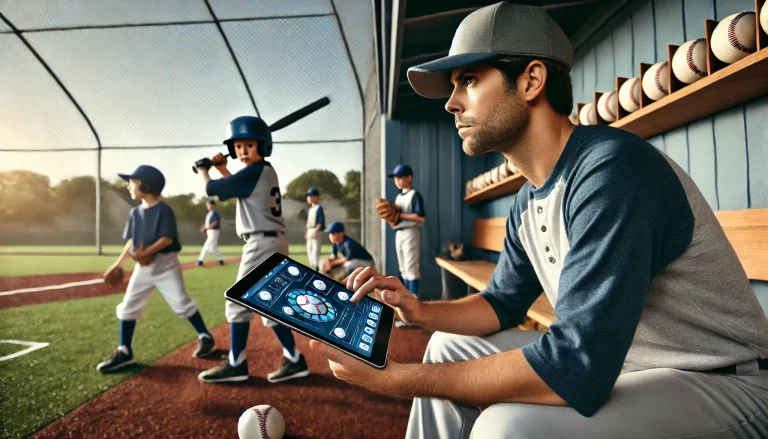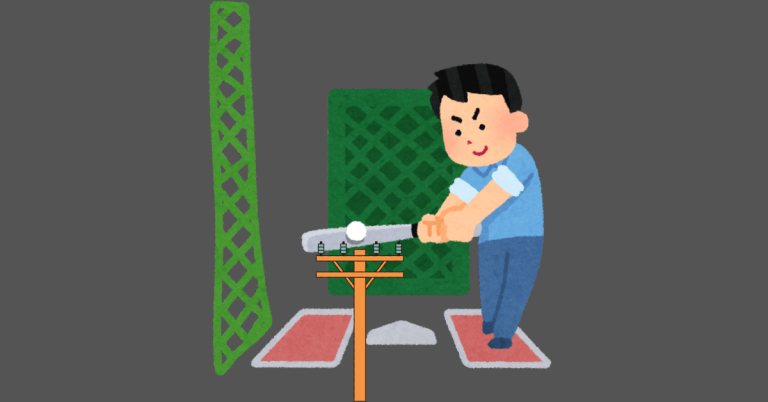How to Build a Practice Plan That Keeps 10-Year-Olds Engaged
👀 Why This Matters
You’ve seen it. One kid’s making a daisy chain in left field. Another’s throwing sidearm like he’s auditioning for a TikTok video. And half the team is mentally at snack time before the first drill even starts.
But here’s the cool part: this is the age when baseball clicks—when it goes from “something to try” to “something they can’t wait to play.”
And the difference-maker? Practice.
Not the boring, run-’em-into-the-ground kind. The kind that’s structured, upbeat, and packed with just enough fun to keep them moving and learning.
Get that right, and suddenly the grass-picker is tracking fly balls… the sidearmer’s hitting the cutoff… and nobody’s asking, “Is it over yet?”
This post walks you through how to build that kind of practice—step by step.
Let’s make it fun. Let’s make it count.
Disclosure: This page contains affiliate links. If you make a purchase through one of these links, I may earn a commission—at no extra cost to you. As an Amazon Associate, I earn from qualifying purchases.

🚧 🚧 The Problem: Too Much Standing, Not Enough Learning
Most 10U practices fall into one of two traps:
1. Too much talking, not enough doing.
Coaches mean well—but long explanations and whiteboard sessions don’t land with 10-year-olds.
Kids tune out, get restless, and end up learning less.
2. Too much chaos, not enough structure.
Balls are flying, drills feel random, and half the team’s unsure where to go next.
The energy is there—but it’s not being channeled into real development.
The sweet spot?
A practice plan that keeps kids moving, engaged, and learning—without turning it into a free-for-all.
That’s what we’re building here: a session that flows, teaches the fundamentals, and keeps things fun from warm-up to wrap-up.
🔑 Step-by-Step: How to Structure a 10-Year-Old-Friendly Practice
1. ⏰ Break the Practice into 15–20 Minute Blocks
Kids this age thrive on variety.
Switch gears every 15–20 minutes to keep attention spans intact.
Here’s a solid 90-minute framework:
- 10 min – Dynamic Warm-Up (jogging, arm circles, quick catch)
- 15 min – Throwing Progressions
- 20 min – Defensive Fundamentals (split into stations)
- 20 min – Hitting Work (tee + soft toss + live BP rotation)
- 15 min – Game-Like Drill or Scrimmage
- 10 min – Wrap-up + Base Running Relays (fun + cardio)

2. 🧩 Use Small Groups and Stations
Small groups = more reps, more coaching, and fewer kids zoning out.
Rotate players through stations with specific skill goals (e.g., glove flips, footwork, bunt defense, tee work).
Coach Tip: If possible, assign a parent or assistant to each station. It keeps things smooth and lets you float where you’re needed most.

3. Make It Competitive—But Age-Appropriate
Kids love to compete—if it’s fun and low-pressure.
Try adding:
- “Beat the Coach” grounders
- Batting Cage BINGO (hit the targets!)
- Relay races with base running or glove flips
Just don’t overdo the yelling or scoreboard vibes.
Keep it light. Keep it moving. Keep it fun.

4. Keep Instructions Short and Simple
Think “tweet-sized” coaching cues:
🗣️ “Glove low.”
🗣️ “Step and throw.”
🗣️ “Pick your target.”
If you’re talking longer than 30 seconds, you’ve probably lost half the group.

5. End with a Takeaway or Team Bonding
Don’t just dismiss the team. Those last two minutes matter.
Wrap practice with something meaningful:
- Highlight a hustle play
- Shout out a player who made real progress
- Let them vote on tomorrow’s playlist or warm-up challenge
These moments build connection, confidence, and culture.

Additional Drills
- Ground Ball Shufflers: Teaches lateral movement and quick transitions6.
- Pivot & Bunt Drill: Helps with balance and bunting fundamentals6.
- Bounce Ball Batting Drill: Improves hand-eye coordination and pitch recognition6.
- Relay Races/Base Running Games: Reinforce base running skills with competition
🧰 Gear That Helps
You don’t need fancy tech—but the right tools can streamline practice:
- Pop-up net + tee for hitting anywhere
- Agility ladder for warm-ups and footwork
- Bucket of Wiffle balls for high-rep, low-risk hitting drills



➡️ Check out our post on the Top Solo Baseball Tools for 2025
🧠 Frequently Asked Questions
Q: How long should youth practices be at this age?
A: 75–90 minutes is ideal. Longer than that, and focus starts to fade.
Q: How many coaches or helpers do I need?
A: 2–3 adults is the sweet spot for flow, feedback, and structure.
Q: My team gets bored quickly—what should I change?
A: Shorten your blocks. Add more variety. Mix in fun games or team challenges to reset the energy.
Q: How do I keep kids engaged during throwing drills?
A: Add a target (cone, bucket, glove) and track points. Competition makes it stick.
Q: What if a player consistently zones out or goofs off?
A: Give them a mini leadership role—line leader, warm-up helper. Responsibility often flips the switch.
Q: What drills work best for beginners?
A: Tee work, quick catch, glove-side footwork stations. Keep it simple. Reps build confidence.
📣 Final Word
Coaching 10-year-olds isn’t easy—but it’s one of the most rewarding jobs in youth sports.
You’re not just teaching the game.
You’re building confidence. Focus. Teamwork. Grit.
You’re showing kids how to shake off a bad play. How to hustle when nobody’s watching. How to love the game—and themselves—through every swing and miss.
It’s not about perfect mechanics at this age.
It’s about giving them a space where they feel seen, supported, and excited to come back.
Your practice plan?
It’s not just a schedule. It’s a blueprint for building better players—and better people.
Make it count.
👉 Want more kid-tested drills, weekly coaching tips, and gear breakdowns that actually work?
Follow us at Box-Seats.com and subscribe to our free newsletter, High N Tight.






